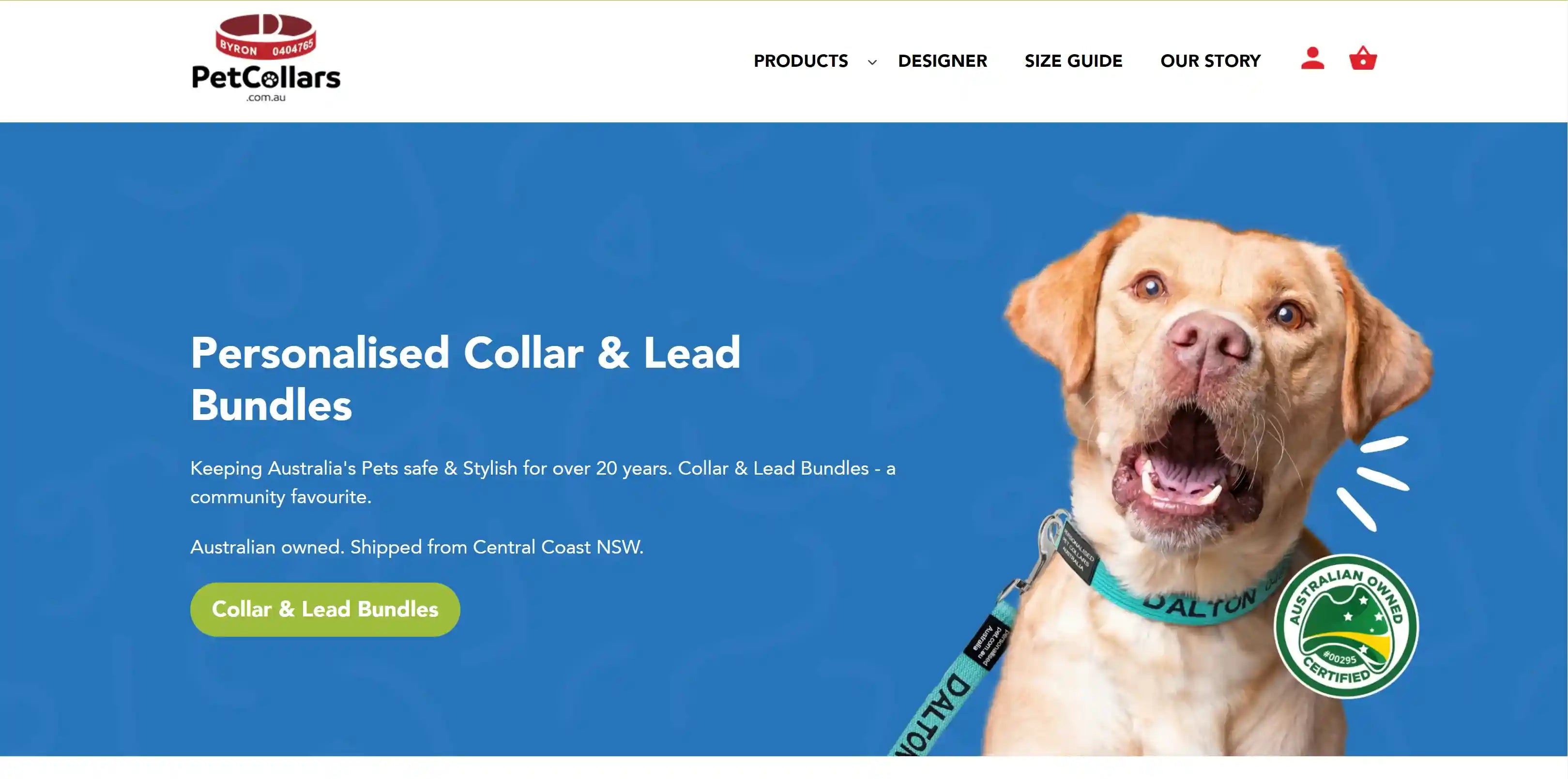Top 10 Dog Fears and Phobias
As we approach the holiday season your pets may encounter many new experiences and some may have a fear or phobia of them or become very anxious. Here are the top 10 dog fears and phobias that many pets face.
1. Fear of Thunder
Astraphobia is a fear of thunder and is a very common phobia in dogs. The degree of this fear can differ between dogs. Some may have a mild fear. Others have a more severe phobia, which can lead them to hide, become destructive, or lose control of their bowels. Dogs may be able to sense a thunderstorm coming well before you are able to see or detect it.
2. Fear of Fireworks
A fear of fireworks is another common dog phobia. Similar to a fear of thunderstorms, the loud unpredictable sounds and lights make many dogs tremble with fear. For some dogs, slowly getting them use to the sound of fireworks can eliminate the phobia. Dogs with a severe fireworks phobia may need to be treated with an anti-anxiety medication or sedative.
3. Fear of being left alone
The fear of being left home alone is referred to as separation anxiety. Dogs who suffer from separation anxiety tend to exhibit destructive behaviour as soon as their owners leave the house. Other symptoms include excessive barking and housebreaking accidents when left alone. Or trying to escape. A change in the dog owners behaviour may help ease a dogs fear. Simply by making changes to their habits before leaving the house and staying low key when they leave and return home, dog owners can alleviate some of the dogs anxiety. Desensitization, the process of slowly getting the dog used to being left home alone, can also be beneficial to dogs suffering from separation anxiety. Make sure that you always have your personalised pet collar on your dog when you leave the house so if they do escape, you can be contacted if they are found by a neighbour or passer by.
4. Fear of the Veterinarian
Its not unusual for dogs to be afraid of going to the vet. A dog’s first exposure to going to the vet usually involves strange smells, being handled in new ways, being restrained, and getting vaccinations. Its no wonder dogs can easily become fearful of a trip to the vet. If there are no other phobias involved, this fear can often be fixed simply by bringing a dog to the vet for a few social visits that don’t involve an examination.
5. Fear of riding in the car
Many dogs are afraid of riding in the car. The fear is usually due to a lack of early exposure to car rides or negative experiences with riding in the car, such as getting car sick, riding in the car to be left at a shelter, or only going for a car ride to visit the veterinarian. It’s possible to overcome your dog’s fear of riding in the car by using treats and praise to slowly lure your dog in to the car, and then working up to taking rides in small steps. Make sure you get a good fitting harness and seatbelt clip or a pet carrier when travelling in the car.
6. Fear of Going up and down stairs
A dog owner may not realise his dog has a fear of going up and down stairs until his dog puts on the breaks as they approach a set of steps. This phobia is almost always due to a lack of early socialisation. A dog who isn’t exposed to steps as a young puppy may develop a fear of going up and down them when they encounter a stairway later in life. Some dogs can be cajoled out of their fear by making a game out of going up and down stairs.
7. Fear of Men
It may surprise people to learn that it is fairly common for dogs to be afraid of men. While in some cases this fear may stem from being abused by a man, most of the time it is due to lack of socialisation. Dogs that are fearful of men should be slowly desensitised to men in a non-threatening manner. Keep in mind that a fearful dog may growl, snap, or bite someone as a result of this fear.
8. Fear of Strangers
A fear of strangers is similar to a fear of men, but in this case, a dog may be afraid of anyone he doesn’t know. This can be a difficult problem to overcome because it’s impossible to teach a dog to accept every possible new person. It’s important to allow your dog to approach a new person in his own time. Forcing a fearful dog to accept a stranger could push a dog to become aggressive.
9. Fear of Children
Dogs develop a fear of children for several reasons. One is a lack of early exposure to children. It’s not uncommon for people to get a pet before becoming a parent. Unless you bring a puppy into a household with children, your dog may not get the opportunity to socialise with them. Dogs also often have negative experiences with children. While a child’s intentions may be good, a dog may interpret overtures of affection as a threat. Dog owners who are dealing with a dog with a fear of children should consult a dog trainer or behaviourist to work on this phobia.
10. Fear of Objects
Many dogs develop a fear of particular objects – the vacuum cleaner, holiday decorations, a child’s toy. Very often this type of fear is not a big deal, as many objects can simply be moved out of sight. In certain cases, however, it can be problematic. For instance if your dog refuses to walk past a statue outside your apartment building or if he turns into a trembling, anxiety stricken mess every time you need to vacuum the carpet. In this case, you may need to slowly introduce your dog to objects he is afraid of in a positive happy manner.
Solving these fears may take time and in some cases even medication. Always seek expert advice from your local vet for suggestions on how you can alleviate their fears and live a long and happy life together.
.
.
.
.
.
.
.
.
.
.
dog collars embroidered Australia, custom pet collars Australia, personalised dog collar Australia, dog collars with names Australia, custom made dog collars Australia
personalised pet collars, personalised pets, personalised kitten collars, embroidered cat collars Australia, customised cat collars




